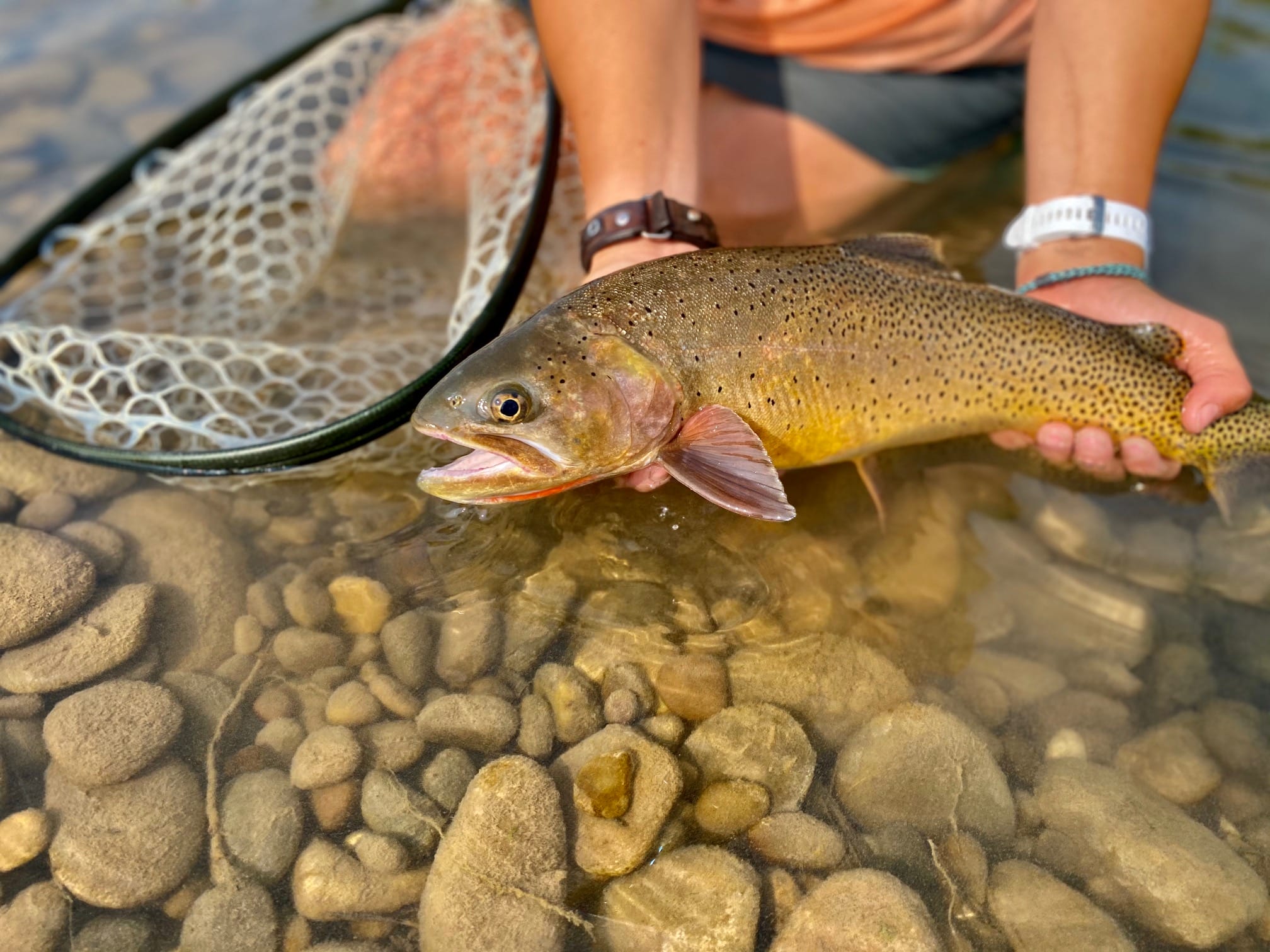TU’s tireless work to protect and restore the South Fork Snake River’s native Yellowstone Cutthroat
For a fly angler, it is hard to beat the slow, deliberate rise of a wild Yellowstone cutthroat coming up through the water column to sip a dry fly. It is one of the truly iconic moments defining the experience of fly fishing in the mountain west.
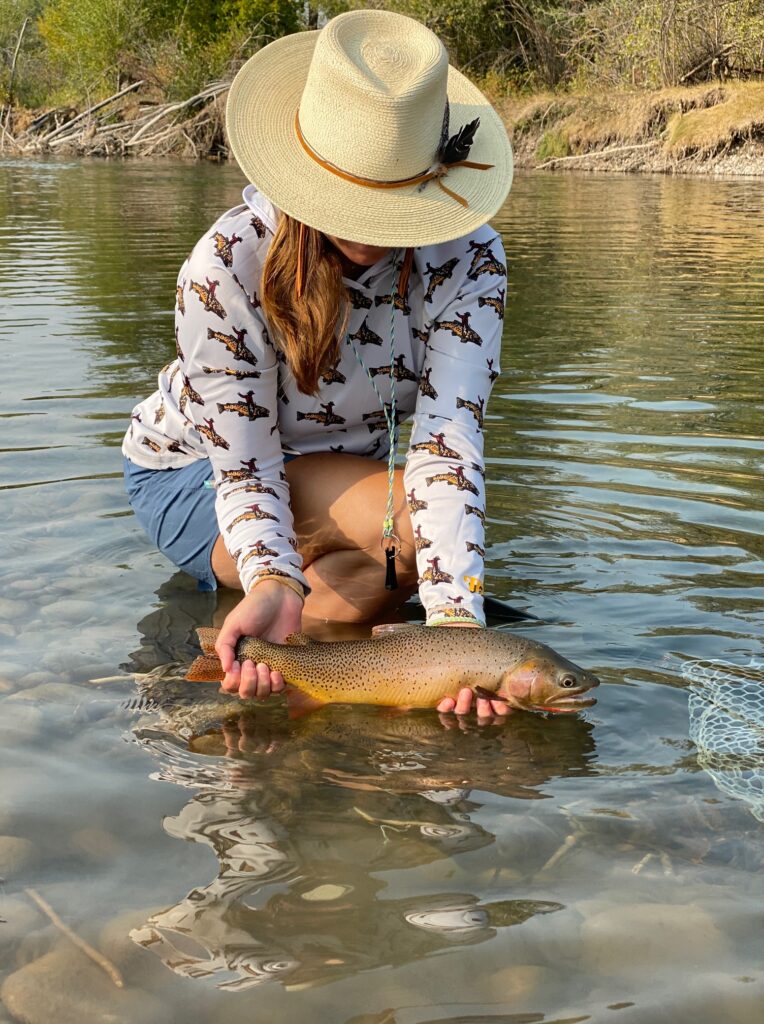
Unfortunately, it is also an experience that is growing increasingly rare. Today these beautiful trout inhabit less than half of the rivers and streams within their native range. Less than a quarter of those fish are considered genetically unaltered.
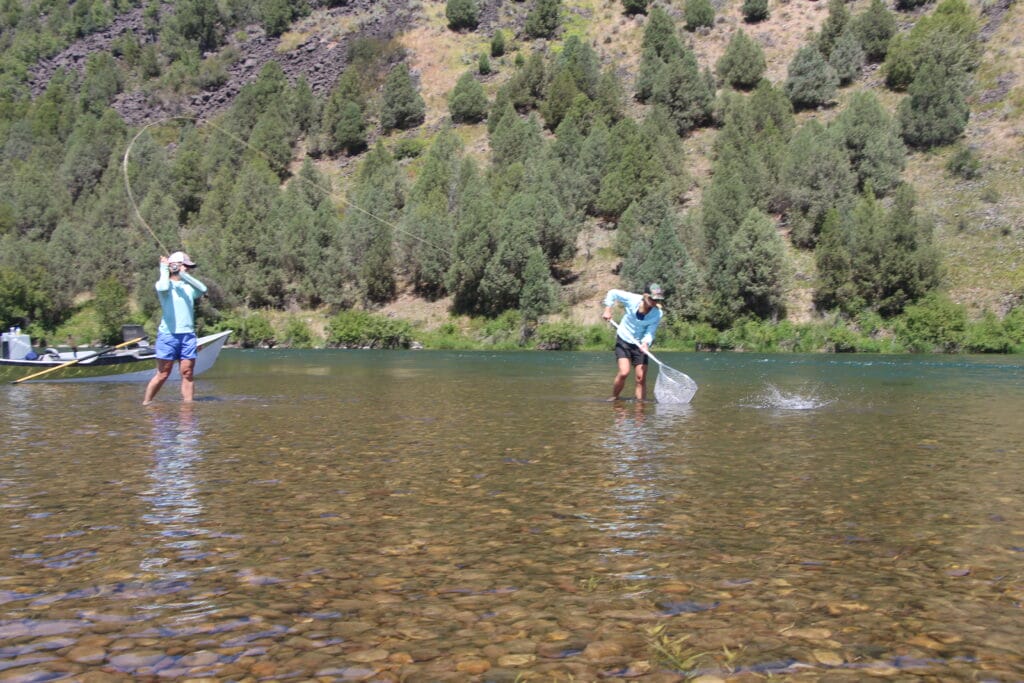
A beacon of hope
Habitat loss, overharvest and competition and interbreeding with nonnative trout have all played their part in reducing populations. But one river where Yellowstone cutthroat are holding steady is on the South Fork of the Snake River, below Palisades Reservoir, in eastern Idaho’s Swan Valley.
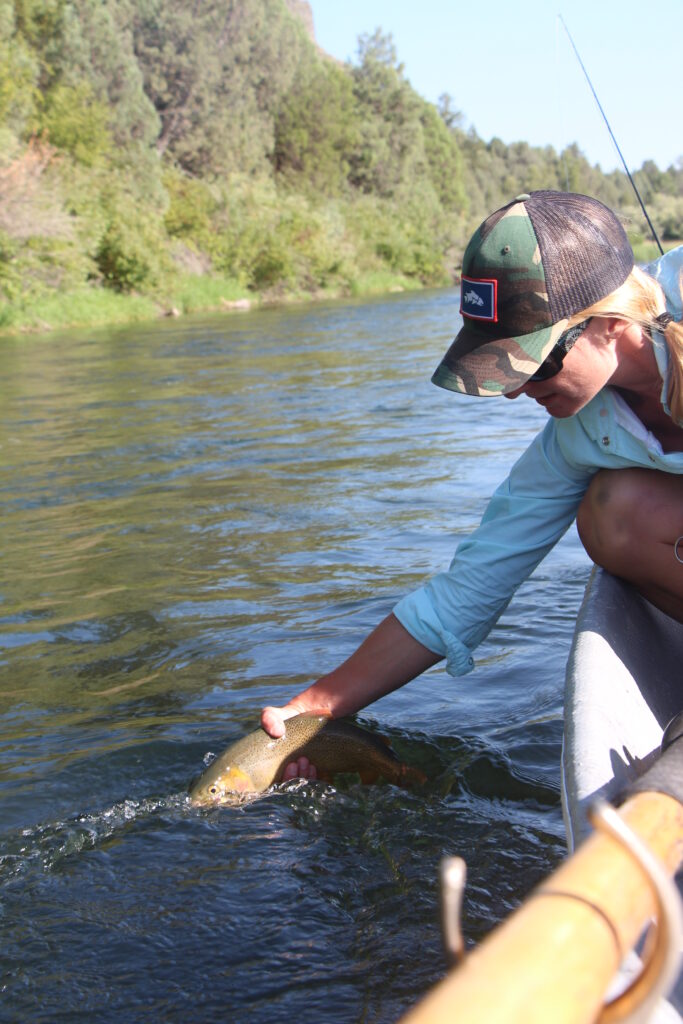
This progress isn’t an accident. For nearly 30 years, Trout Unlimited staff and dedicated grassroots leaders have been working side-by-side with the Idaho Department of Fish and Game (IDFG) to restore and reconnect habitat and reduce the impacts of non-native rainbow trout.

This includes support for the IDFG’s effort to annually remove 30 percent of the rainbows and hybrid “cutbows” from the river to give Yellowstone cutthroat the room they need to sustain their population into the future.
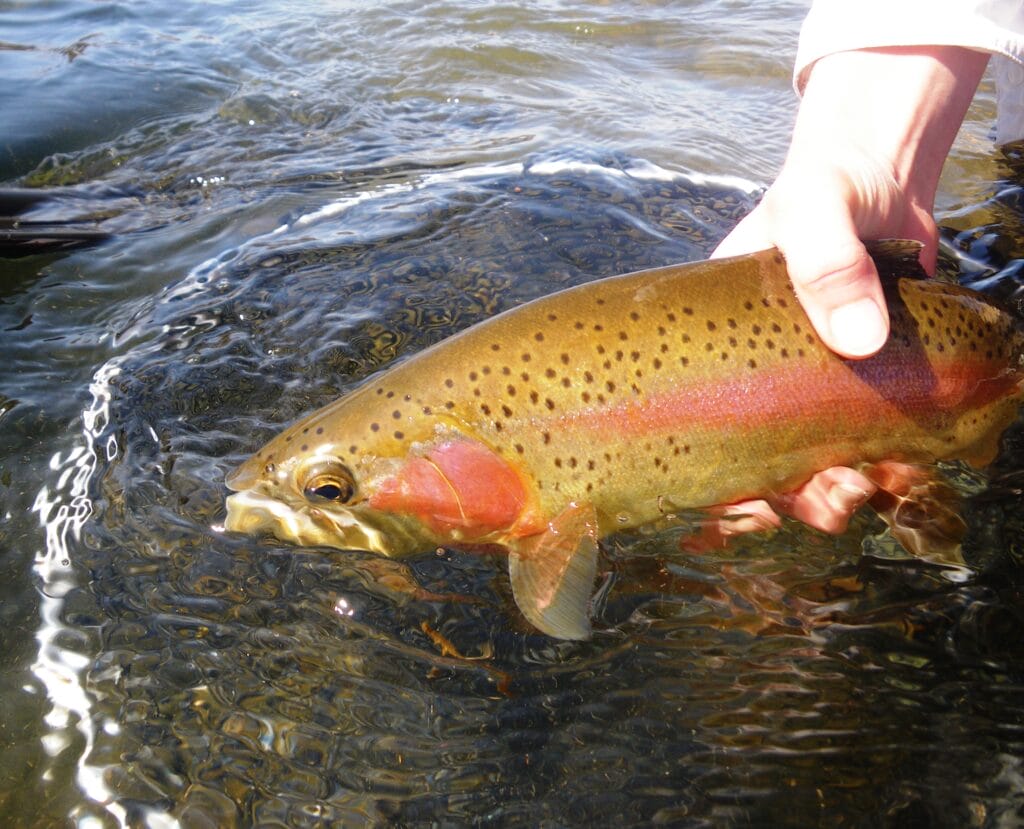
Habitat and harvest
The fish were introduced to the South Fork of the Snake River in the 1950s, but by the 1990s scientists found evidence that rainbow trout began hybridizing with native Yellowstone cutts on a larger scale. This loss of genetic integrity and increased competition for food helped crash populations of the beloved native species.

In 2001, Matt Woodard began working for TU as the South Fork of Snake project manager. He worked closely with the Snake River Cutthroats TU chapter and many local partners to restore habitat and provide spawning access in South Fork tributaries, including a project on Garden Creek that reconnected habitat previously blocked for 50 years.
Together they led projects to plant willows and restore riparian habitat, partnered with landowners to install fish screens on irrigation canals and helped build weirs on key spawning tributaries to prevent rainbows from moving upstream and spawning with cutthroat.
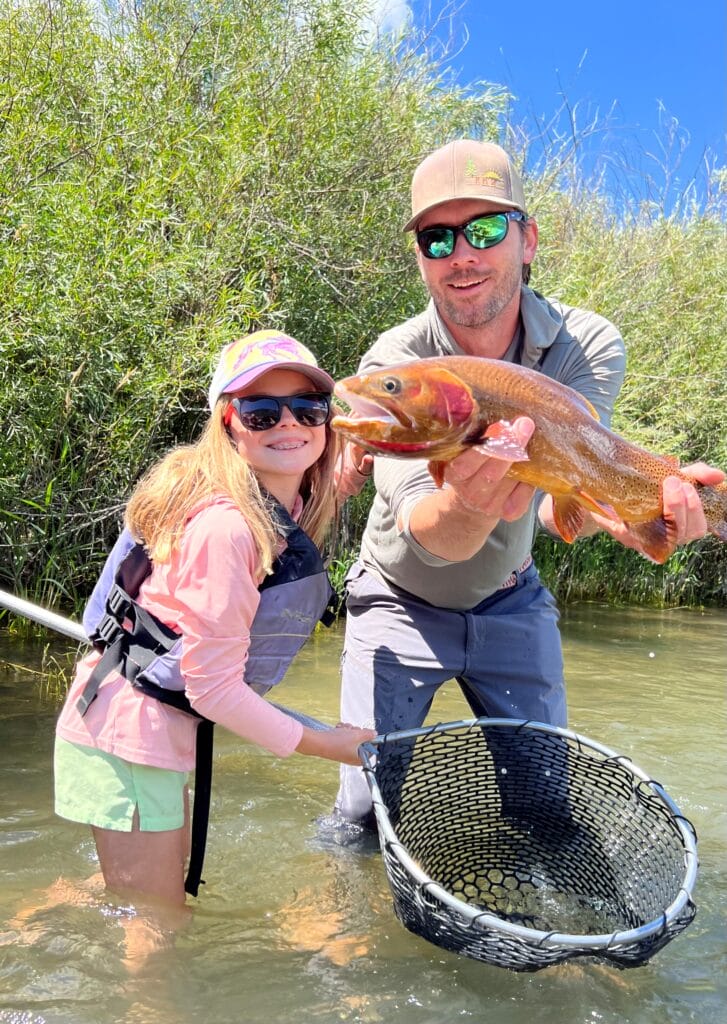
This work, combined with improved flow management, provided a crucial bulwark for the South Fork’s cutthroat, but science showed that protecting the native fish required more aggressive management. As a result, IDFG implemented programs to actively suppress the South Fork’s populations of invasive rainbows.
- Daily angling bag limits were lifted.
- To incentivize harvest, some rainbows were tagged each year and anglers could receive cash awards if those fish were caught and turned into IDFG offices.
- IDFG began a campaign to encourage fly anglers, especially guides on the water every day, to start keeping a few rainbows each trip.
- Rainbows collected at weirs on spawning tributaries were moved to nearby ponds for kids to catch.
- IDFG also began to use electrofishing equipment on jet boats to harvest large numbers of rainbows, though that effort has been limited in recent years as recreational anglers scale up harvest to help meet the IDFG’s annual population suppression goals.
Along the way, TU supported the effort and worked to raise awareness about why it is so important.
Protecting Yellowstone cutthroat
“At times it has been a hard sell,” Woodard explains.
Catch-and-release is firmly ingrained in contemporary fly-fishing culture, which in most places is a great thing. Some anglers prefer the invasive rainbows because they are hard fighters and therefore, balk at the effort to remove them. Other folks worry that electrofishing might risk wider impacts to fish or insect populations.
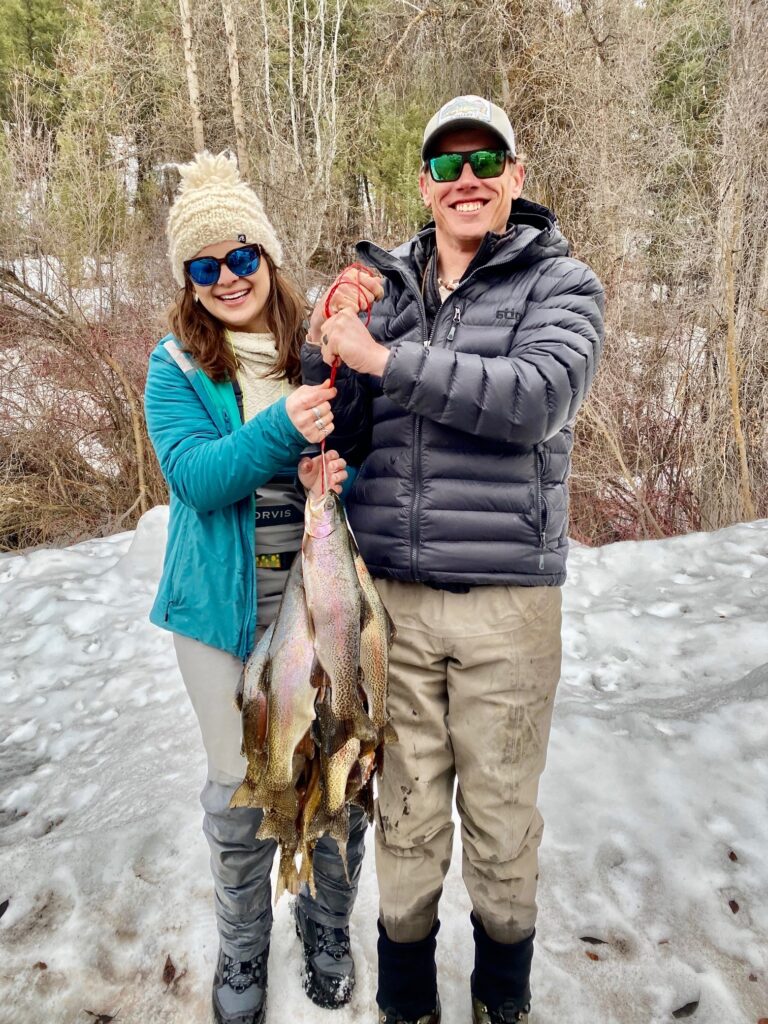
Woodard understands the hesitation among some anglers, but he points to a few key data points to keep in mind.
- First, we know what happens if action isn’t taken. In rivers and streams where populations of introduced rainbows aren’t controlled, they simply take over. Not far from the South Fork, the famous Henry’s Fork is a perfect example. Love it or hate it, over time introduced rainbow trout interbred and replaced the native cutties.
- Second, protecting native trout is a priority for Trout Unlimited, and the South Fork of the Snake provides a perfect opportunity for us to recover and sustain strong populations of Yellowstone cutthroat trout. Multiple polls have shown, by a large margin, that the Idaho public wants the remaining populations of this iconic species protected and prioritized.
- Third, multiple peer-reviewed studies have shown that careful use of electrofishing isn’t a threat to fish populations. Sampling fish (and catch and release angling, for that matter), has some risks for incidental harm to individual fish, but the technology’s impact across populations is very low, which is why it is widely used by scientists and fishery managers to safely monitor populations of many cold and warm water fish species across a wide variety of watersheds. When implemented as part of a harvest protocol, it can certainly be an efficient, and dramatic, method to sort fish and cull particular species.
- Finally, the most important aspect of all: The effort seems to be working. IDFG population monitoring shows that between angler and Department harvest efforts, rainbow trout populations are reduced and annual goals are being met. Anecdotally, anglers are reporting steady catch rates of Yellowstone cutthroats, and populations are holding steady in monitoring surveys.

Looking ahead
Andy Bosworth, a former researcher and science teacher, serves as the Snake River Cuttthroat’s vice president of conservation. He’s careful to make it clear that in a big organization like a TU chapter there is room for internal debates about the nuances and implementation of restoration programs, and he can’t speak for every individual member. That said, the chapter is continuing to lead habitat restoration work since Matt Woodard’s retirement, advocate for adequate flows to support fish and aquatic insects and support the IDFG’s effort to suppress rainbow trout numbers on the South Fork.

In the past, the chapter has even hosted events where anglers targeted rainbow trout and competed to see who could catch and harvest the most fish. They receive regular presentations from IDFG managers on how the effort is playing out in the agency’s monitoring data.

Bosworth has sympathy for the guides who get pushback from clients who don’t want to keep fish, or other fly anglers who usually practice strict catch-and-release. He offers some context from his own life as an angler. He grew up in Maine and still returns there to visit family and fish. He always releases the native brook trout in his home waters. But likewise, when he is fishing in the west, in places where brookies were introduced, he doesn’t hesitate to keep them because he knows they can be a threat to native trout populations. And they happen to taste pretty good back at camp.
“We all want to catch fish,” he explains. “But beyond being anglers, we are also conservationists working hard to preserve a native species. We know these fish are important, and if we don’t protect Yellowstone cutthroat here, we could lose them.”
Bosworth commends the IDFG for working hard to protect the genetic integrity of cutthroat in the South Fork and recalls a conversation with a department biologist who reminded him that the effort is a long-term commitment. The data needs to be tracked closely, the goals need to be achieved and evaluated, and management needs to keep adapting to find the systems that will work best for the fish and the river.
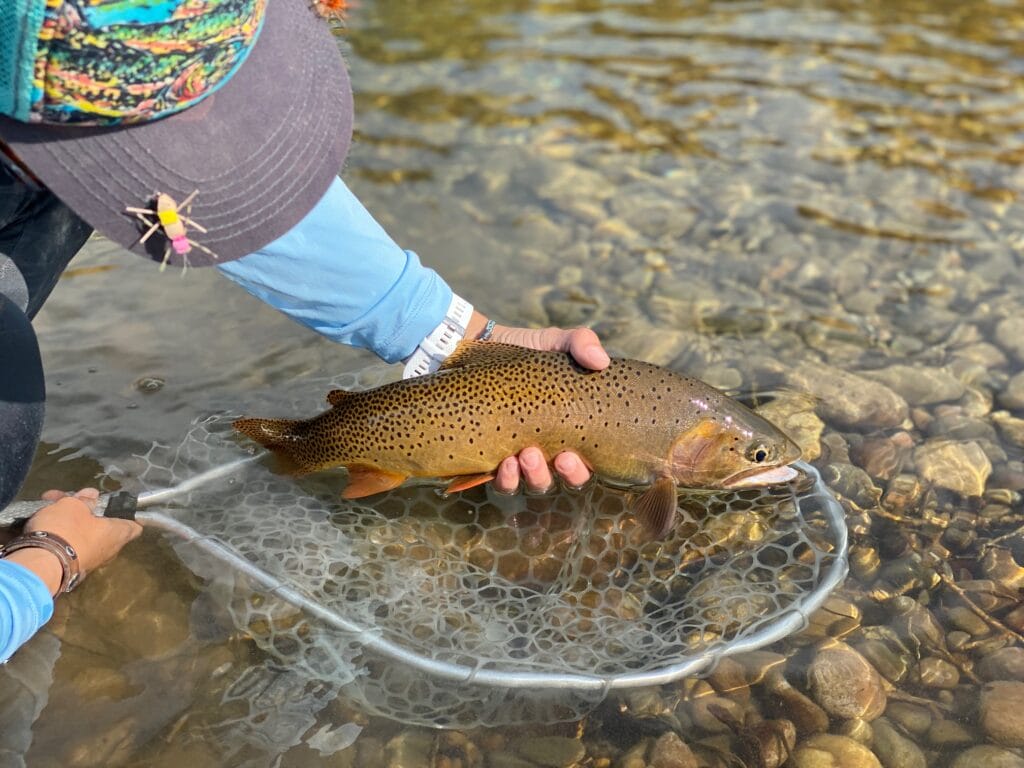
Ultimately, it remains to be seen what mix of angler harvest and electroshocking will be required to balance trout populations in the South Fork. In the meantime, TU staff and grassroots will continue to support the ongoing conversations and advocacy and keep working with partners like the Henry’s Fork Foundation’s South Fork Initiative to restore habitat and flows needed to build a resilient future for the South Fork’s native cutthroat.
Additional Resources
IDFG: An update on 2024 rainbow trout suppression along the South Fork Snake River



